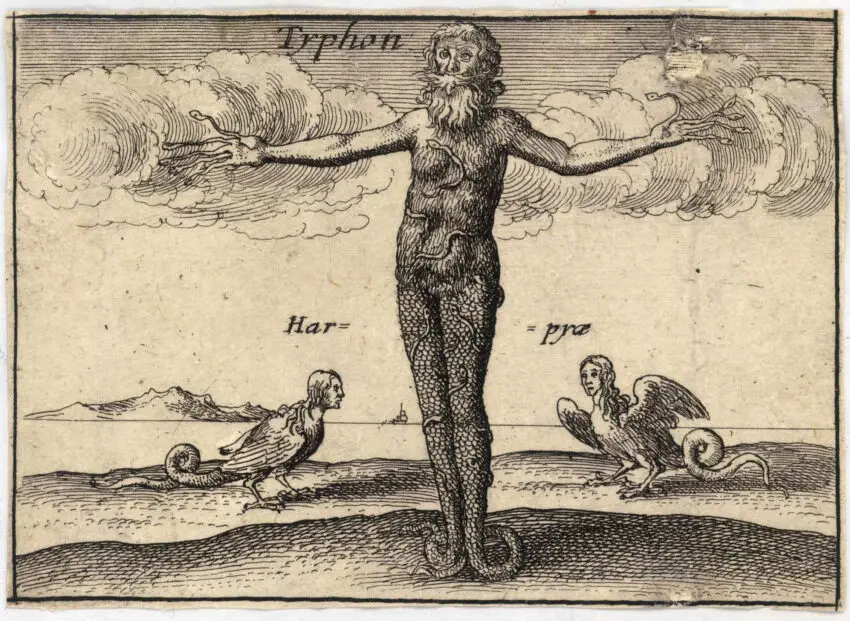Greek Mythological Creatures & Monsters Facts
Table of Contents
We’ve written many times about the beautiful aspects of Greek mythology. However, that doesn’t mean we’ve forgotten the cool, scary ones.
The heroes are the most well-known aspect of Greek mythology, but what makes a hero? Fortunately for the heroes, mythology’s strangest, coolest, and most terrifying creatures and beasts ranged from Dragons, Demons, Giants, and Ghosts to multi-formed monsters such as the Sphinx, Centaurs, Manticores, Minotaur, and Chimaera.
This is a list of ten scariest creatures ancient Greeks were afraid of.
Cerberus
The three-headed hellhound is quite a popular personage, although he is most often remembered for being dognapped by Hercules in his final labor. The dog was no Fluffy – he only ate the living flesh, thus allowing only the dead spirits to pass through into the Underworld. While he might have had heads and body of a dog, his claws were that of a lion and his mane was made of snakes. He is the offspring of two others monsters on this list. Overall – not recommended as a pet.
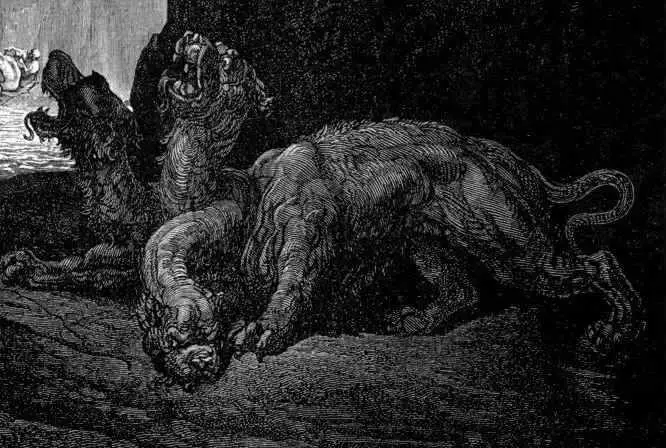
Many unusual monsters are mentioned in Greek mythology. Cerberus, the three-headed dog, is one of the most well-known. Cerberus was in charge of guarding the entrance to Hades.
Chimera
Chimera was said to be an omen for disaster – I’m sure you’ll see why. Like Cerberus, she had three heads, although hers were that of a lion, a goat and a snake. Although it’s hard to say how “headlike” the last two were – neither of them were on her neck. And she breathed fire, which ultimately lead to her downfall. Hero Bellerophon tossed a lead-tipped spear into her mouth which melted in the fire and poisoned her.
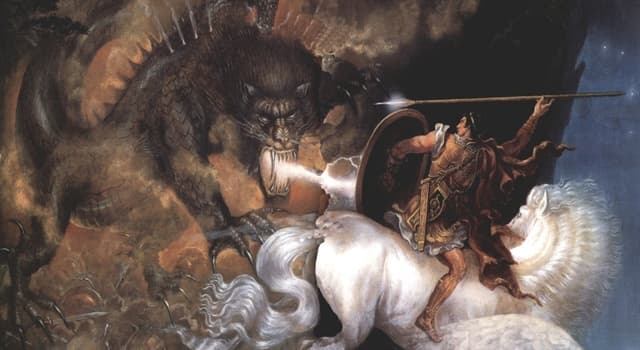
A Monster that breathes fire Chimaera has become one of the most well-known female monsters in Greek mythology. This creature has always been shrouded in mystery. (Even today, the term “chimaera” can refer to a genetic puzzle.)
Echidna
Cerberus’ and Chimera’s mother Echidna was a snake woman, which is probably how he inherited his anguine mane. Compared to other lovely creatures on this list, she in fact isn’t too bad. She is, however, quite a terrible mother, having raised over half of monsters on this list and then some. Echidna was also known as “Mother of all Monsters”. We’ll get to the Father in a little while…
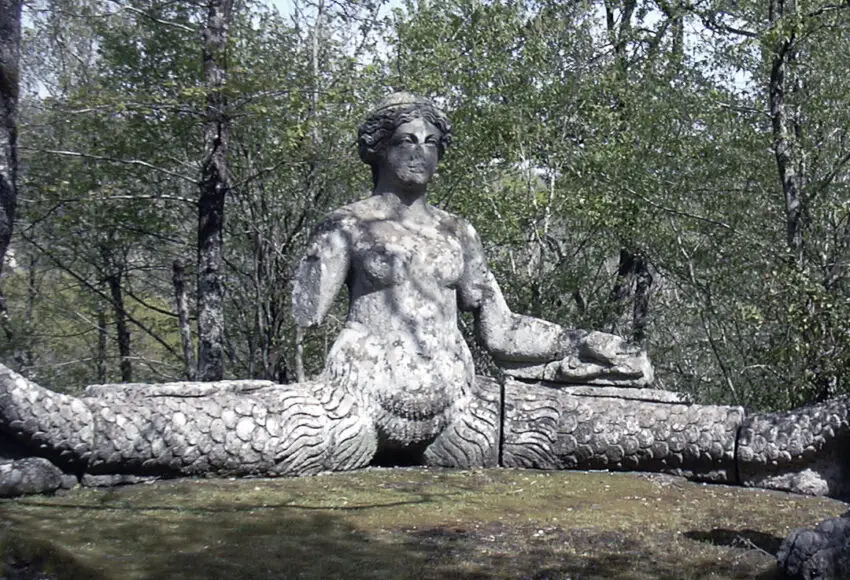
The Furies
The Furies were – well – furious monsters born from the blood that came from Uranus’ penis (please stop giggling immediately) that his son Cronos had chopped off and tossed into the ocean. To continue the phallic imagery, they had snakes for hair and carried scourges that they used on people who pissed them off until those people died a terribly painful death. In addition to all that charm, they had wings and heads of a dog. Hell hath no Fury like a drop of genital blood scorned, I say.

Gorgons
Medusa is probably the most famous Gorgon, but other two sisters, Stheno and Euryale were equally as “pleasant”. Not only did they have vipers for hair, but they also had the looks that could petrify you like that of a Basilisk. As we all know, Medusa was eventually defeated by Perseus, but he could only do so with Athena’s help, in exchange for Medusa’s head.
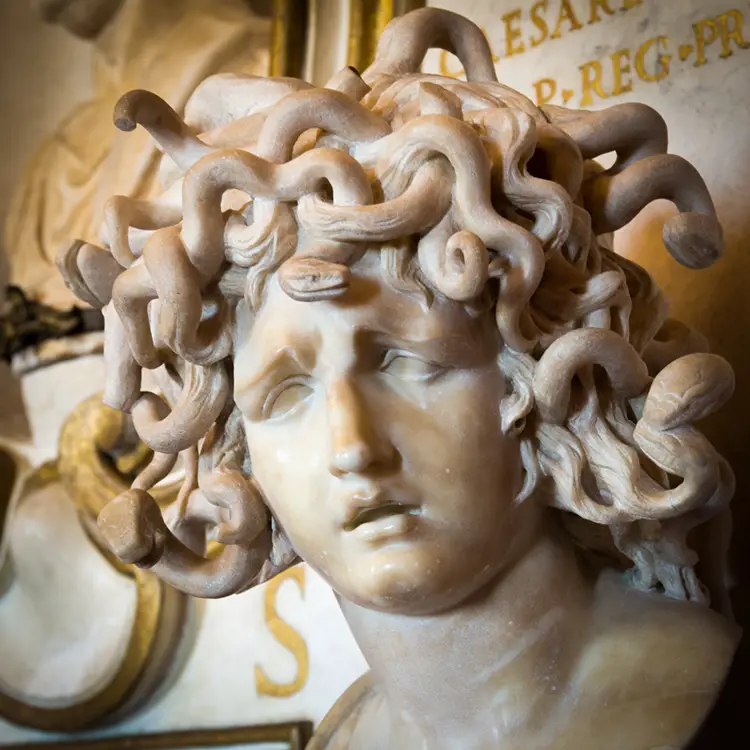
Medusa, one of the most well-known creatures of Greek mythology, was a beautiful maiden with golden hair. She vowed to be celibate for the rest of her life as an Athena priestess until she fell in love with Poseidon. She broke her vow and married him. Athena savagely punished her for this.
Hydra
Marvel fans would appreciate the origin story of one of the most notorious villains of the franchise. Another child of Echidna, the venomous Hydra had a lot of heads that regenerated and multiplied within seconds. For each head she lost, another two would grow, and one of the two would be immortal. Her defeat was one of Hercules’ labors – he, quite cleverly, cauterized her necks one by one so that her heads wouldn’t regrow.
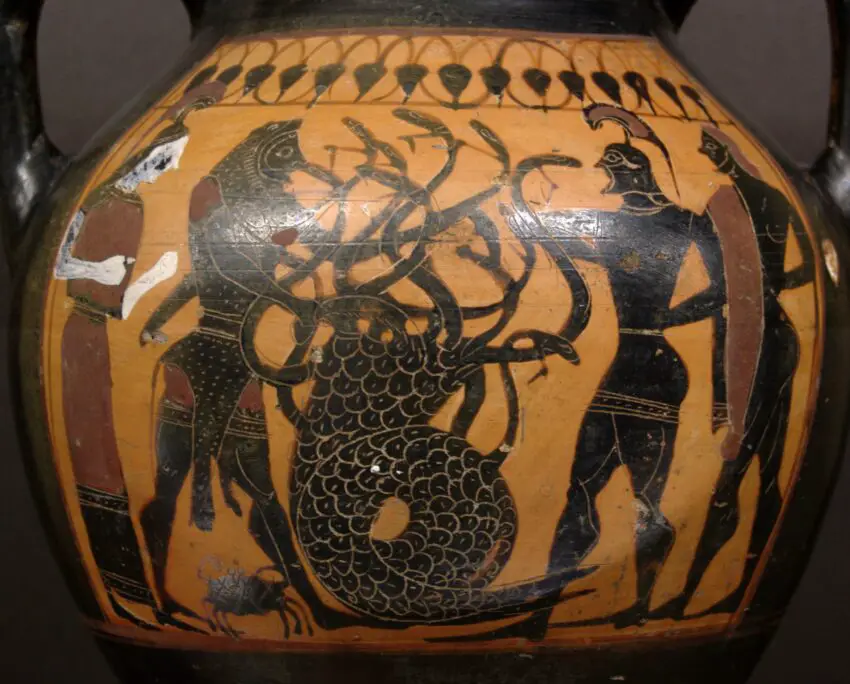
Manticore
Another one of Echidna’s. This particular prodigy had a human head, a lion’s body and wings. Not eagle’s wings though – eagle wings went to her brother, the eagle who liked to feast on Prometheus’ liver. No, the manticore had bat wings and if you add a scorpion’s tail and three rows of teeth into the mix, you’ve got yourself quite a vicious thing. Even Heracles wouldn’t go near that one.
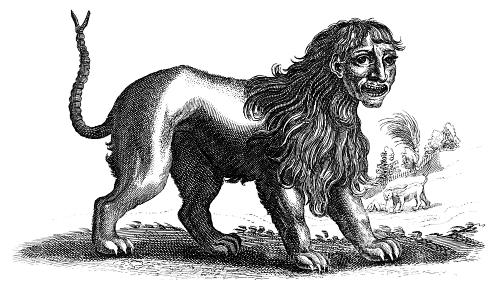
Minotaur
This dude isn’t actually that awful, compared to, let’s say, the Chimera or the Manticore. True, he had the head of a bull and the body of a man and he was a flesh-eating recluse stuck in Daedalus’ labyrinth. But the sole reason he existed was because his mother (not Echidna, surprisingly) wanted to have sex with a bull so badly she made herself a bull suit to… ease the process for the male. The Minotaur wasn’t actually that bright; he fell asleep when Theseus – the guy who literally volunteered to be eaten – showed up, allowing the hero to defeat the Minotaur with relative ease.
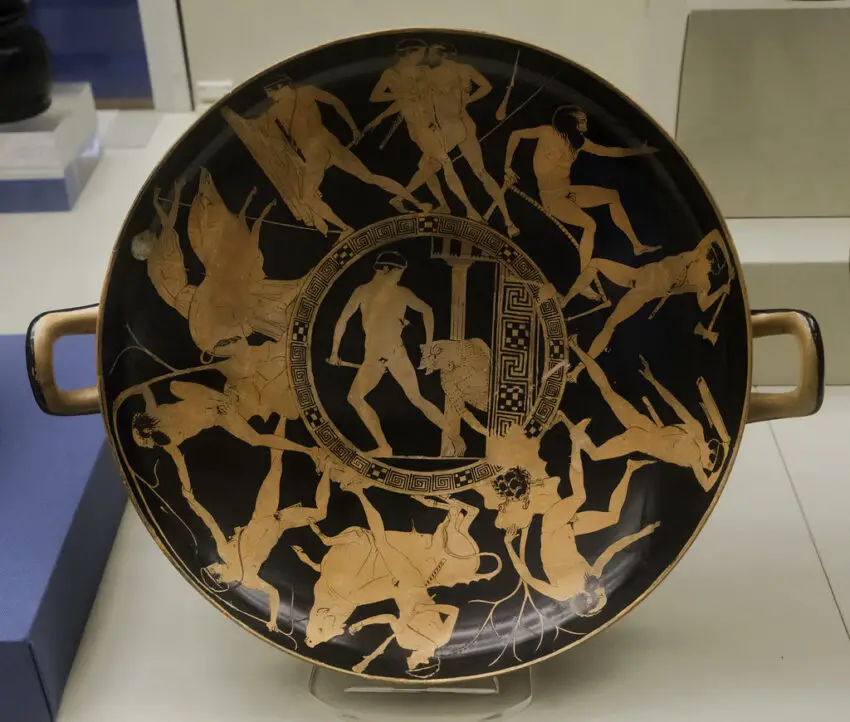
The Minotaur story is one of the classics of Greek mythology and contains a plethora of significant elements. This story features characters such as the brilliant Daedalus, the strong Theseus, the evil King Minos, and his beautiful daughter Ariadne.
Sirens
The original femme fatales, the sirens took advantage of sex-deprived sailors and lured them with their beautiful voices to shipwreck on the rocks of their island. Surprisingly enough, Odysseus managed to avoid most sailors’ fate by tying himself to a mast and sealing his crewmates’ ears with wax. Smart move, for a guy who would normally be a siren’s typical victim. Although the idea wasn’t actually his, but Circe’s, so probably not that smart.
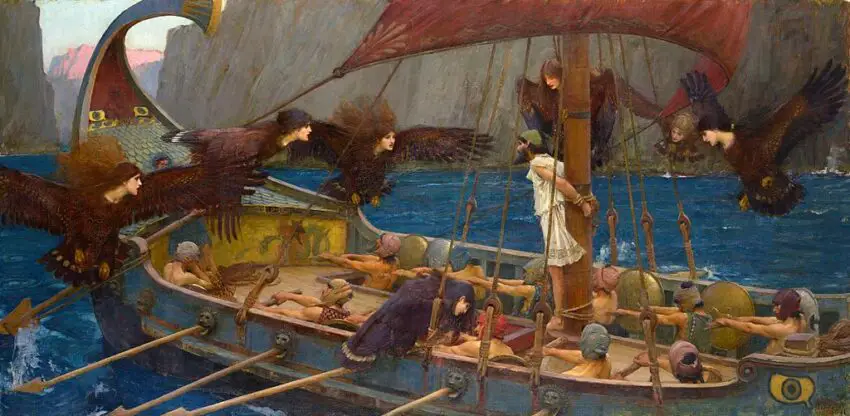
The Sirens were beautiful creatures who sang beautifully, luring passers-by to their deaths. Each Siren resembled a woman and a bird, with the exact appearance varying according to the artist.
Typhon
And last, but most certainly not least, Typhon. He was, as you might have guessed, the Father of all Monsters. He himself was the son of Earth (Gaia) and Hell (Tartarus) and was, quite literally, all over the world. The guy was seriously massive. His lower half consisted of two snakes and instead of fingers, he had dragonheads. Instead of one human head, Typhon had one hundred snake heads. Is it really that surprising that his and Echidna’s offspring all had anguine features?
